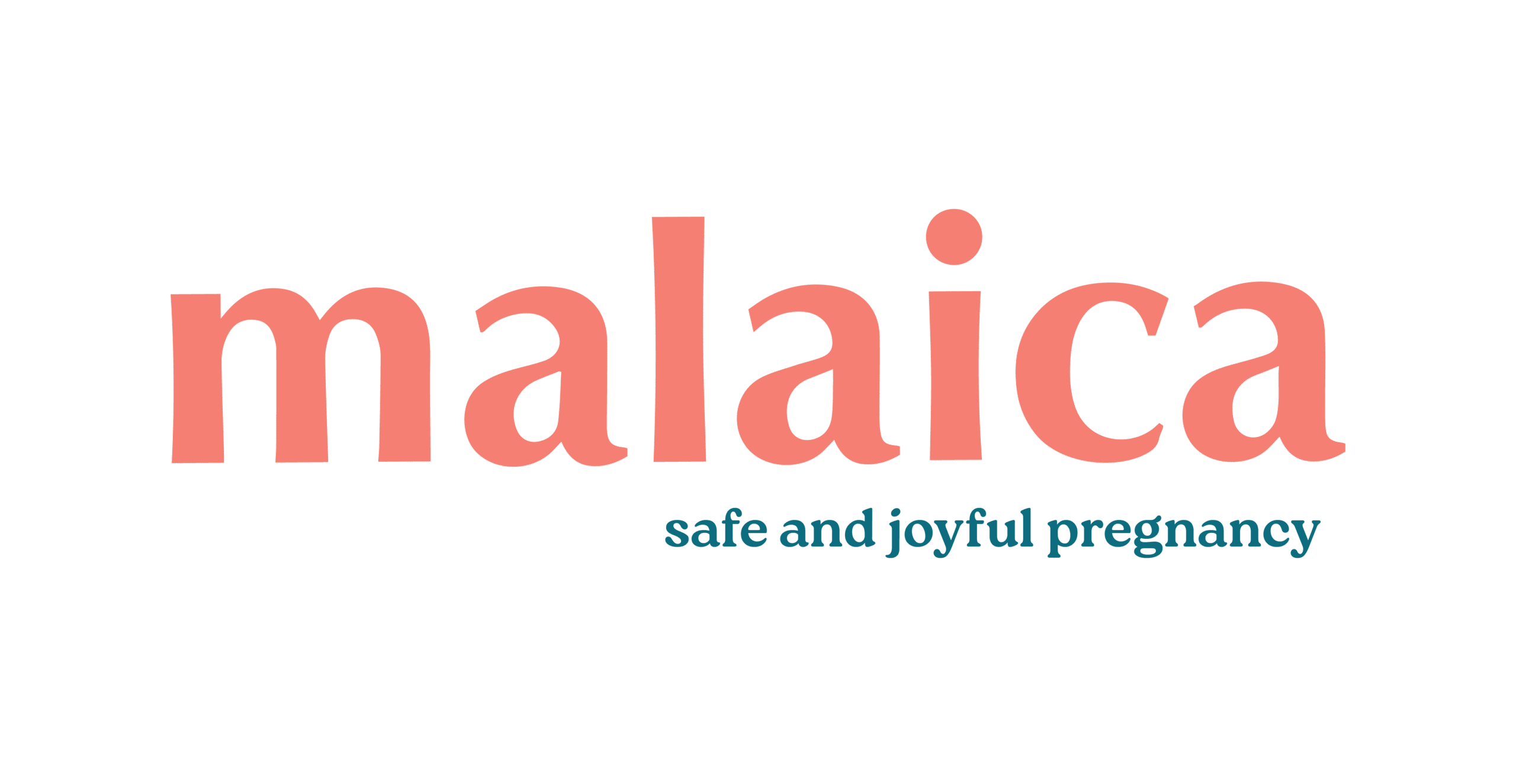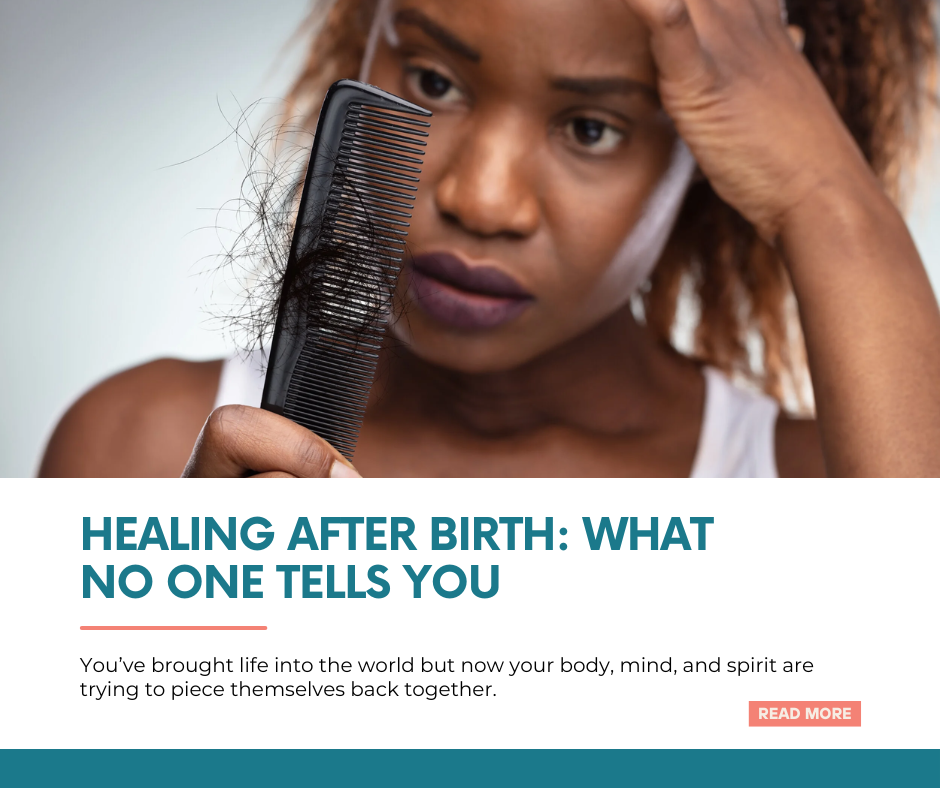“Doc, you didn’t tell me I’ll be losing my hair, especially the forehead. Aaai doc, what happened?”
That’s the cry of many new mothers as they stare at the hairbrush filled with strands that once crowned their heads. It can be shocking to watch your hairline retreat or your once-thick mane become noticeably thinner. But here’s the truth: postpartum hair loss is common, temporary, and completely normal.
Motherhood brings incredible joy, but it also comes with a series of physical changes that can catch even the most prepared mom off guard. Beyond the hair loss, your body goes through transitions, stretch marks, softer tummy muscles, swelling, pigmentation, and shifts in weight distribution, which remind you that growing a human is no small feat. Let’s unpack these changes and, more importantly, how to cope with them gracefully.
During pregnancy, high levels of estrogen prolong the growth phase of hair, meaning fewer strands fall out. Your hair appears thicker, shinier, and fuller—basically, the best it’s ever been. But after childbirth, those hormone levels drop sharply, triggering a shedding phase. What was meant to fall out gradually over nine months now happens all at once, usually between three to six months postpartum.
This condition, known as telogen effluvium, affects up to 90% of new mothers. You might notice clumps of hair falling out in the shower, around the hairline (especially the forehead), or an overall thinning. It can be unsettling, but rest assured it’s a phase. By your baby’s first birthday, your hair should return to its normal growth pattern.
While you can’t completely stop postpartum shedding, there are simple ways to manage it and encourage healthy regrowth:
Be gentle with your hair.
Avoid tight hairstyles like ponytails or braids that pull on the scalp. Opt for looser styles and use a wide-tooth comb to minimize breakage. Switch to a volumizing shampoo and lightweight conditioner. These can make your hair appear fuller. Avoid heavy products that weigh it down.
Eat a nutrient-rich diet.
Iron, zinc, vitamin D, and biotin are all essential for healthy hair growth. Foods like eggs, spinach, lentils, salmon, and avocados can help nourish your hair from within. Consider supplements but consult your doctor first. Sometimes, postpartum anemia or thyroid issues can worsen shedding, so it’s best to rule out underlying causes before self-medicating.
Trim your hair.
A shorter, layered cut can make thinning less noticeable and easier to manage while boosting your confidence.
Remember: this is temporary. The hair you’re losing now is part of your body’s natural reset process.
Other postpartum body changes and how to love them anyway
Hair isn’t the only thing that changes after childbirth. Your body has gone through a marathon emotionally, physically, and hormonally. Let’s walk through some of the most common changes and how to embrace them with grace.
That soft belly you see in the mirror? It sheltered your baby for nine months. The uterus takes about six weeks to shrink back, and abdominal muscles may need time to realign—especially if you experienced diastasis recti (a separation of the abdominal muscles).
How to cope:
Be patient with your recovery. Gentle postpartum exercises, core strengthening, and walking can help gradually tone your abdomen.
Hydrate and moisturize your skin. Natural oils like shea butter or vitamin E can improve skin elasticity over time.
Celebrate your “tiger stripes.” They are proof of life and strength, not imperfections.
Breast changes
Your breasts may look and feel different larger, softer, or less perky. For breastfeeding mothers, engorgement or sagging can occur once milk production adjusts or ends.
How to cope:
Invest in a supportive nursing bra.
Apply cold compresses for swelling or discomfort.
Maintain good posture to reduce strain on your back and shoulders.
Skin and pigmentation
Many mothers experience melasma (dark patches on the face) or a dark line on the belly (linea nigra). These changes often fade with time as hormones balance out.
How to cope:
Use sunscreen daily to prevent dark spots from worsening.
Gentle exfoliation and vitamin C serums can help even out your skin tone.
Focus on hydration and rest your skin reflects your internal wellness.
Weight Fluctuations
The pressure to “bounce back” after pregnancy is real, but unrealistic. Weight loss after birth varies for everyone depending on genetics, breastfeeding, metabolism, and lifestyle.
How to cope:
Shift your mindset from “losing weight” to “gaining strength.”
Focus on balanced meals, plenty of water, and rest.
Move at your own pace this is not a race.
Your postpartum journey is not about reclaiming your old body, it’s about embracing your new one. The one that grew life, endured sleepless nights, and continues to nurture. It’s easy to look in the mirror and mourn what’s changed. But take a moment to appreciate what’s been gained: resilience, deeper empathy, and a renewed sense of purpose.
So when you catch yourself staring at that hairbrush again, remind yourself, this too shall pass. Your body is still healing, still transforming, still magnificent.
Grace, mama, is not found in perfection but in acceptance. You are still you, just stronger, wiser, and even more beautiful.


